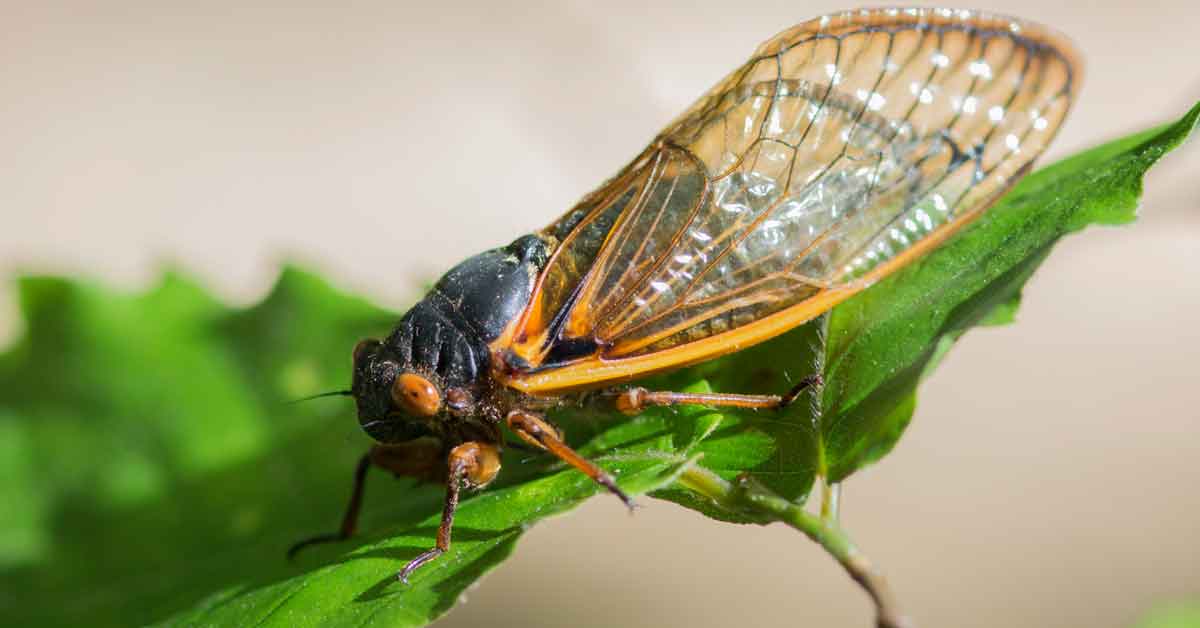Slugs and snails are common problems with plants. These pests are slimy and look like worms, but have circular shells on their backs. They like to feed on the sap of plants and can cause major damage to your plants. These pests will also leave tiny ragged holes in your leaves. You can get rid of these pests with strong hose sprays. Slugs are especially difficult to control and should be handled with care.
You can also use an alcohol-water mixture to repel these insects. This solution will kill any active pests. For this, use one or two cups of isopropyl alcohol and two cups of water. The mixture should be applied on the plant’s underside. A few drops of dish soap mixed in the mixture will also help. If you see the pests coming to the plant, use the spray to repel them. You can use it every couple of days to control these pests.
If you don’t notice any damage to your plants, they might not require treatment. This is because caterpillars are often sporadic or aren’t visible until later in the season. Nevertheless, if you notice any damage, you should treat the infestation right away. This way, you will be able to avoid wasting money and energy on a pest control method that won’t help your plants. Then, you can enjoy the fruits and vegetables of your labors and be free of pests.
If you are a gardener or landscape professional, then you may be interested in studying and controlling plant pests. There are many programs that can help you control pests on your plants. For example, the Missouri Department of Agriculture has a division for plant health. The Division of Plant Health staff members investigate complaints about plant pests, test packaged seeds, inspect bee colonies, and monitor grain elevators. These services can also help you manage your beekeeping operations.
There are many types of pesticides for controlling pests. Some are less toxic, while others are based on bacteria. You can also use horticultural oils, which kill pests on contact. But be sure to follow the label instructions carefully. Always wear protective clothing while applying pesticides to plants. The chemicals you apply may also be toxic to beneficial insects, so you need to use caution when using these products. You should also read the label thoroughly to ensure that the chemicals are safe for your plants.
Another method for controlling plant pests is to use natural repellents. Coffee grounds are a good natural repellent for insects and are particularly effective when used on mature plants. The substance will also help repel destructive pests that may infest your plants. If you don’t want to use chemicals, you can try applying coffee grounds or diatomaceous earth on your plants. This will keep them out. You can also try putting mulch on top of your plants to keep them from getting inside.
In addition to plant repellents, you can also use cultural practices to control insect populations on your crops. These practices include planting intercropping plants to make it harder for pests to find a suitable host plant. You can also use trap crops to attract pests away from harvesting crops. You can also try delaying planting times to coincide with pests’ emergent times. This practice is known to reduce the number of pests in cultivated plants.





